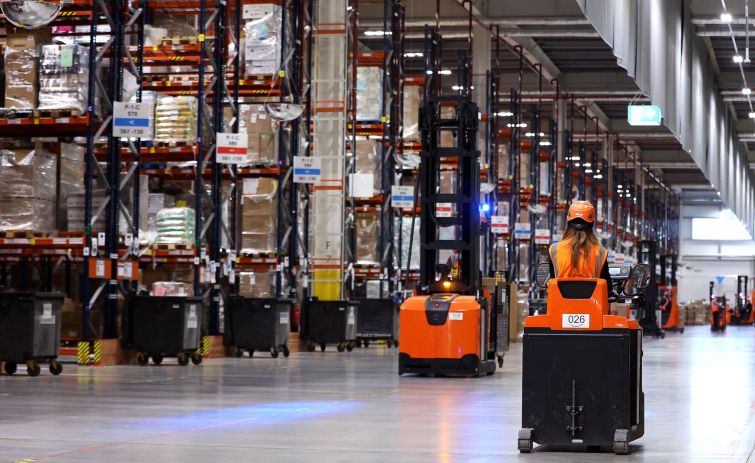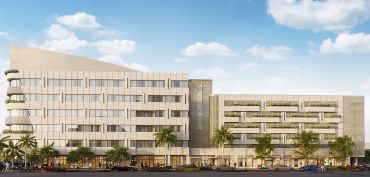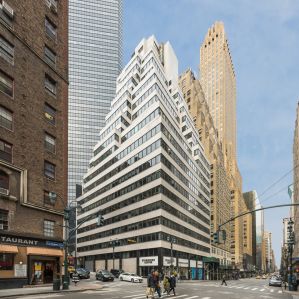US Has Closed $72B in Warehouse Sales So Far in 2022
In Southern California, the Inland Empire’s rents have grown 11.6 percent over the last 12 months
By Greg Cornfield November 30, 2022 2:50 pm
reprints
The industrial market again appears impervious to the headwinds caused by rising interest rates, flattening e-commerce sales growth and Amazon (AMZN) hitting the pause button on its expansion.
The nation’s industrial development pipeline is still growing, now at 713.6 million square feet under construction, and vacancies remain low, signaling that demand continues to outstrip supply and new deliveries, according to CommercialEdge’s most recent market report, which covered 2022 through October. But the sector has sustained body blows from an uncertain capital markets environment, according to the report.
“The construction pipeline volume is tremendous; however, with vacancy rates still hovering around 4 percent nationally, there continues to be an appetite for that space to be delivered,” CommercialEdge’s Peter Kolaczynski said in a statement. “It does seem likely the rate of construction backs off this current record pace getting into 2023, though.”
Major logistics providers, such as Blackstone’s Link Logistics, paint a picture of cautious optimism for the sector, CommercialEdge reported. Prologis (PLD) forecasts that the frantic pace of logistics leases will normalize in coming months. The mega-REIT also stated it will slow speculative projects and favor developments with committed tenants, but still said deliveries for the industrial sector will remain historically elevated the next two years.
But since summer, the number of jobs in the industrial sector has fallen, with October representing the fourth consecutive month of job losses. The industrial sector has lost at least 49,000 jobs since June, which is particularly significant as it comes after growing at least 9 percent year-over-year during the previous 24 months.
Amazon — the industry’s largest employer — has abandoned or delayed the opening of dozens of distribution facilities across the country, and admitted in earnings calls earlier this year that it hired too many fulfillment center workers in 2021. Amazon has started development on just three projects this year.
But despite this pullback, shipping and logistics continue to drive the development pipeline. With nearly 350 million square feet already being delivered this year, the national vacancy rate has also steadily fallen throughout the year.
“We expect that demand for industrial space will remain strong in coming years, although it is unlikely that the torrid pace at which the sector grew during the pandemic will be seen again,” CommercialEdge reported.
Approximately $71.9 billion of transactions closed in the U.S. at an average of about $128 per square foot, according to CommercialEdge — in other words, 561.7 million square feet of space. Sales are still near record levels, but they started to cool as capital has grown more expensive after the Federal Reserve hiked the Fed funds rate.
National in-place rents for industrial space averaged $6.95 per square foot in October, growing 6.2 percent year-over-year, and seven cents higher than the previous month. Separately, the premium paid by a tenant signing a lease over the past year continues to grow, with new leases costing $1.54 more per square foot than the national average for all leases.
Per usual, port markets continue to lead the country in in-place rent growth, as well as vacancy rates. The largest spreads were in Los Angeles ($6.10 more per square foot), the Inland Empire ($5.60), Orange County ($4.17) and New Jersey ($3.32). Overall in Southern California, the Inland Empire’s rents rose 11.6 percent over the last 12 months ending in October, Los Angeles’ rents rose 9.7 percent, and Orange County’s rose 7.6 percent.
There’s more than 35.5 million square feet of space under construction in the Inland Empire, greater than the 7 million square feet underway in Los Angeles. L.A. has taken in a whopping $4.37 billion in sales at $297 per square foot, and the Inland Empire is second in the nation with $4.06 billion at $301 per square foot. Additionally, Orange County racked up more than $1 billion in sales at $360 per square foot, and the Bay Area took in $1.77 billion at $236 per square foot.
On the East Coast, Boston’s rents grew 8.9 percent in the first 10 months of 2022, and the New Jersey market saw 7.2 percent growth, according to CommercialEdge’s report. Nearly 13 million square feet of space is under construction in New Jersey, which was one of the few markets where total sales volume did not fall year-over-year in the third quarter after closing more than $2.87 billion in sales at $176 per square foot.
Miami’s average rent was at $9.57 per square foot, which is 6 percent higher than last year, and its vacancy was 3.3 percent.
Gregory Cornfield can be reached at gcornfield@commercialobserver.com.


